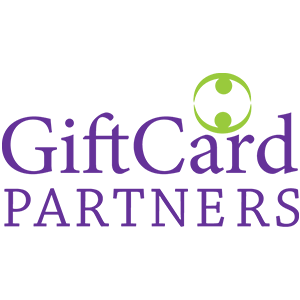What is third party distribution?
You have seen third party distribution when you’ve walked past the gift card displays at your grocery or pharmacy but may not know it by name. Third party is a common term in the B2B Gift Card Industry. It’s the opportunity to sell gift cards in retail locations that are independent of the brand represented on the gift card. By definition, third party sales refer to the three companies involved when selling to the consumer: the brand on the gift card, the company that sells the gift card, and the company that manages the operational component of the transaction. For most gift cards programs, third party represents their largest sales channel and the greatest opportunity for consumer awareness and marketing. Why’s this? Consumer traffic!
Where to find gift card displays?
As more and more retailers learn about the benefits they gain from third party sales, the distribution channel has expanded beyond the historic grocery and pharmacy chains. Gift card displays are now located in home improvement, craft, office supply, discount retailers, convenience stores and even in shopping malls. This opens the door for a huge sales opportunity for the gift card brands, adding thousands of sales locations for their gift cards sold via third party. However, not every retail outlet or location is appropriate for a brands’ gift card. It’s critical that the retailer displaying the gift card has similar consumer demographics to the gift cards’ brand, and there is geographic proximity for gift card redemption. There’s little benefit gained from offering a gift card when there’s no place to redeem them. The distributing retailer also considers these factors when deciding what assortment of gift cards they offer to their customers. A fundamental of retail is having demand for the products (in this case, gift cards) being offered for sale.
Why it's important this time of year, for both retailers and consumers?
The holiday season represents 40%-60% of gift card sales for most brands. Participating in third party sales ensures a gift card brand captures the full share of the sales. Each gift card sold also represents a guaranteed future sale. Beyond actual sales, gift card brands can leverage the marketing opportunities available through many third party distributors. The opportunities vary widely, but all involve elements to increase brand awareness and a call-to-action such as, Buy X gift card and receive Y extra value, reduced price, etc. These opportunities are proven to increase sales and provide easy ROI analysis for the cards represented. For consumers, third party gift card displays provide a convenience to buy all their gift cards at one place and complete their holiday shopping. If a brands’ gift card is not available on the display, the likelihood the gift card will be purchased are greatly diminished.
In our recent white paper, The Evolving B2B Gift Card Channel, we took a closer look at third party distribution. Download it now!












.png?width=600&height=600&name=3D8DC522-2245-490E-AA26-63567A199A4C%20.png)